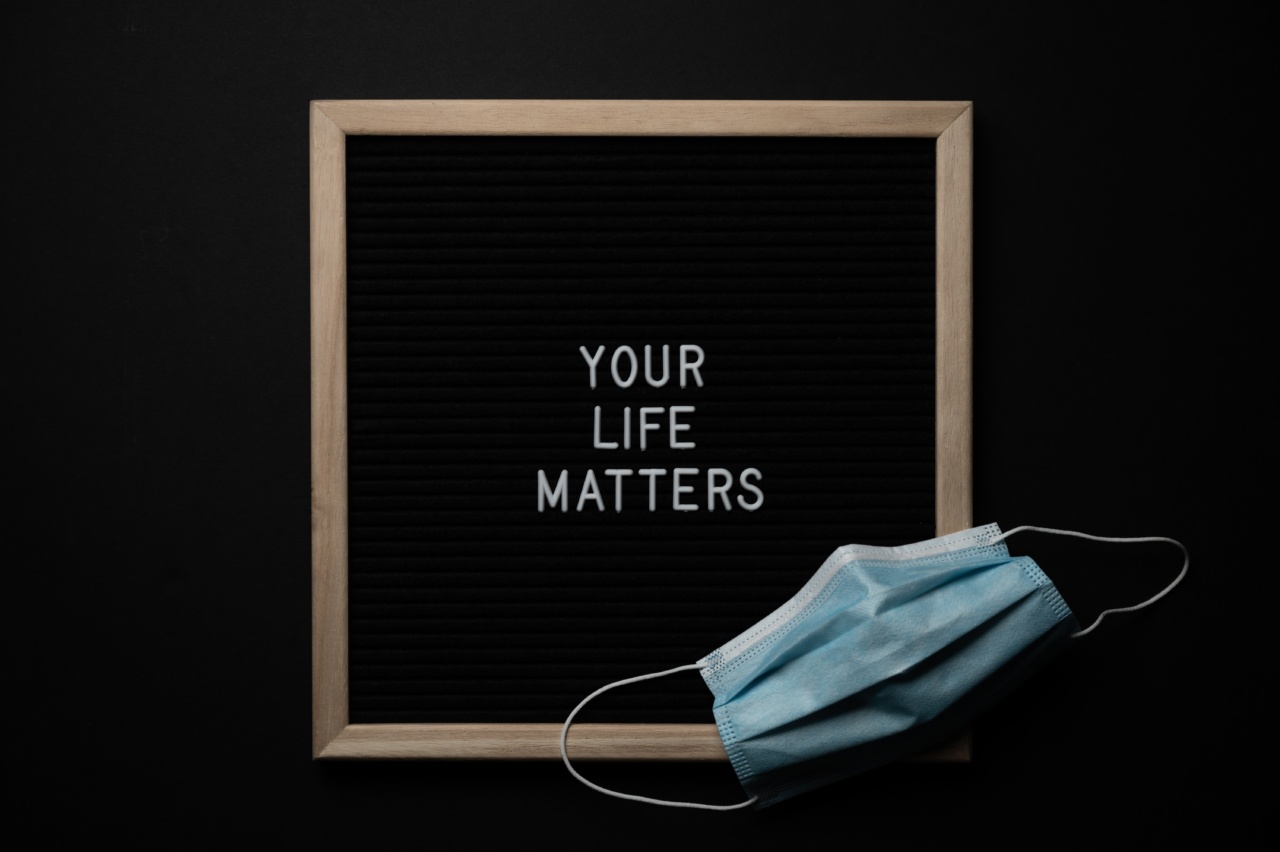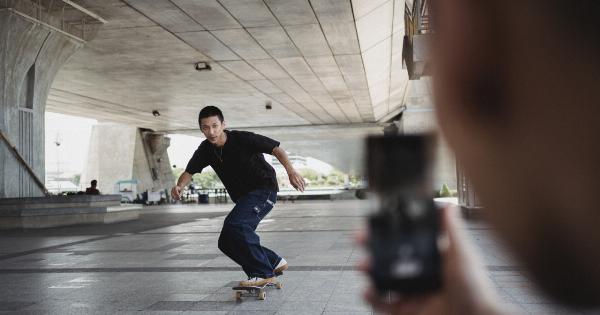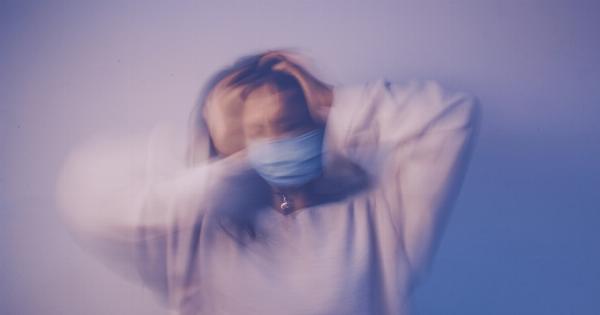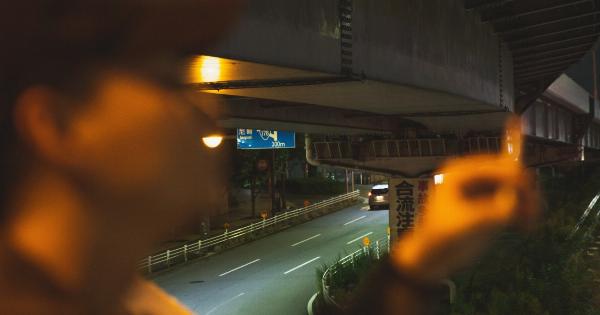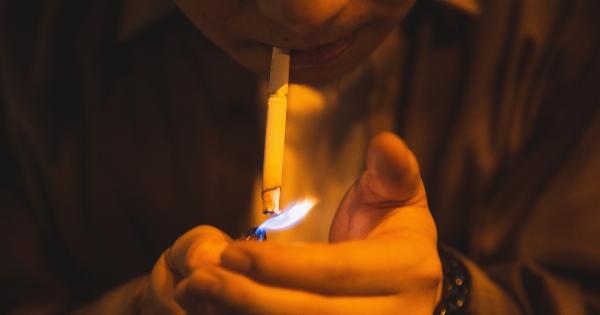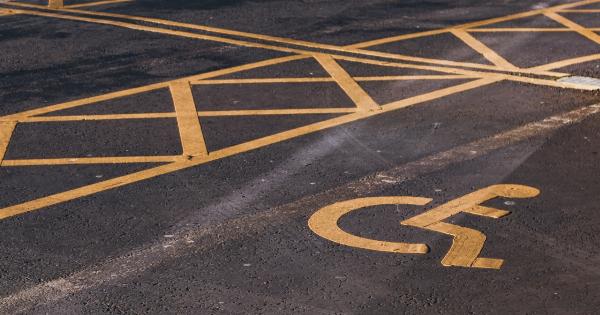Depression is a complex mental health condition that affects millions of individuals worldwide. It can have a significant impact on a person’s mood, thoughts, and overall well-being.
While there isn’t a single definitive cause for depression, researchers have been studying various factors that may contribute to its development. One emerging area of research involves the use of images to identify potential risk factors for depression.
1. The Lonely Figure
One image that may reveal a potential risk of depression is a depiction of a solitary figure. This could be a photograph or artwork portraying an individual standing alone, surrounded by emptiness or a sense of isolation.
Research suggests that feelings of loneliness and social isolation are closely linked to depression, therefore, this image could indicate an inclination towards the condition.
2. The Dark Cloud
Depicting an ominous dark cloud or stormy weather in an image might hint at an increased risk of depression. Metaphorically, this image symbolizes the emotional and mental turmoil associated with depression.
While it doesn’t guarantee that someone is depressed, it could suggest a vulnerability to depressive symptoms.
3. The Broken Mirror
An image featuring a broken mirror or shattered glass may suggest an increased likelihood of depression.
Symbolizing the fragmented self-image experienced by individuals with depression, this image could reflect a distorted sense of self-worth or deep-seated insecurities.
4. The Drowning Figure
Depicting a person struggling in the water or drowning can be a poignant representation of depression. This image might indicate a sense of overwhelming despair, helplessness, and the feeling of being trapped.
While it doesn’t confirm depression, it could raise concerns about someone’s mental health.
5. The Deserted Road
A picture featuring an empty, desolate road surrounded by wilderness or abandoned landscapes could be indicative of the risk of depression.
This image embodies feelings of hopelessness, uncertainty, and a lack of direction, which are commonly associated with depressive symptoms.
6. The Fading Colors
An image that portrays fading or muted colors might point to a potential risk of depression. Depression has a way of dampening emotions and making the world seem less vibrant.
Therefore, this image could represent a diminished ability to experience joy or pleasure.
7. The Masked Face
Depicting a person wearing a mask or hiding their true emotions can be an indicator of a higher risk of depression. This image suggests that the individual is concealing their pain, suffering, or vulnerability behind a facade.
It may represent a difficulty in openly expressing emotions, leading to a higher likelihood of depression.
8. The Glass Wall
Portraying a person seemingly trapped behind a glass wall can be a powerful representation of depression. This image symbolizes a barrier between oneself and the world, a feeling of detachment or disconnection.
It may suggest an increased susceptibility to the isolating nature of depression.
9. The Weighted Chains
An image that depicts someone burdened by heavy chains or shackles might reflect a heightened risk of depression. This image alludes to the emotional weight and feelings of being trapped that often accompany depression.
It may signal a tendency to be overwhelmed by negative thoughts and experiences.
Conclusion
While these images can serve as powerful metaphors, they do not definitively determine someone’s risk of depression. Depression is a complex condition influenced by a variety of biological, psychological, and environmental factors.
It is essential to approach the assessment of depression risk with a holistic understanding and seek professional help if needed.
